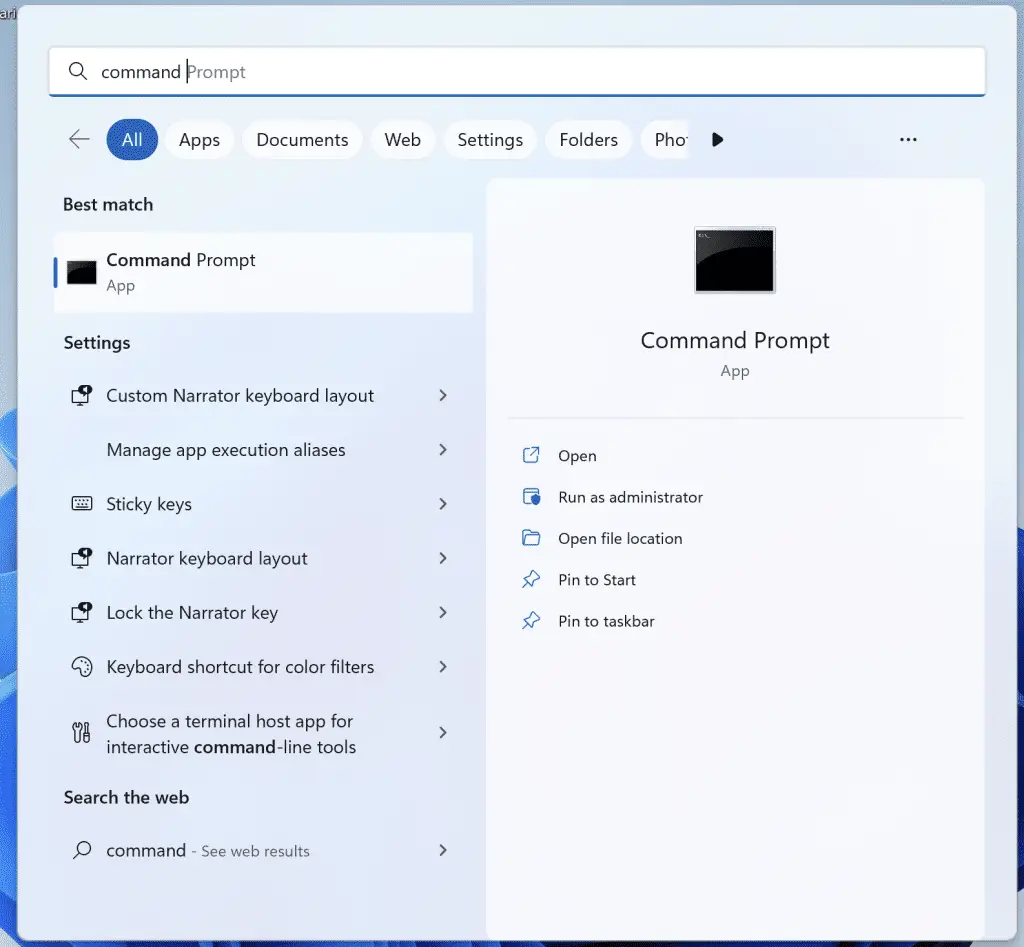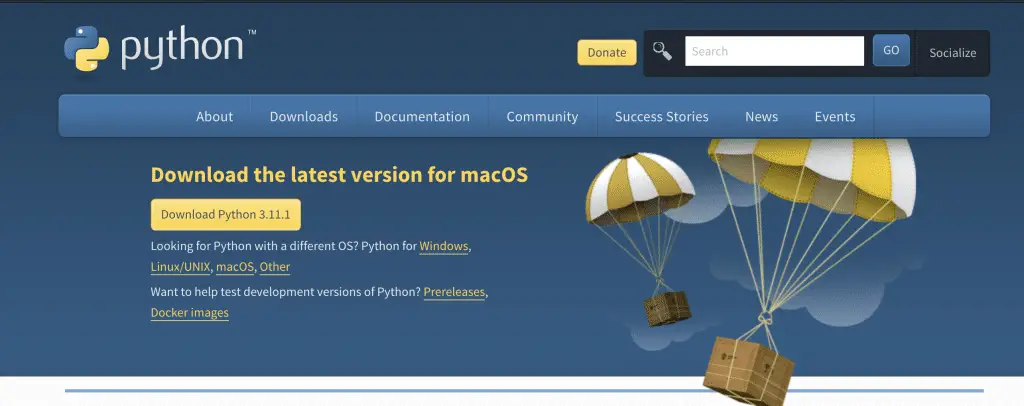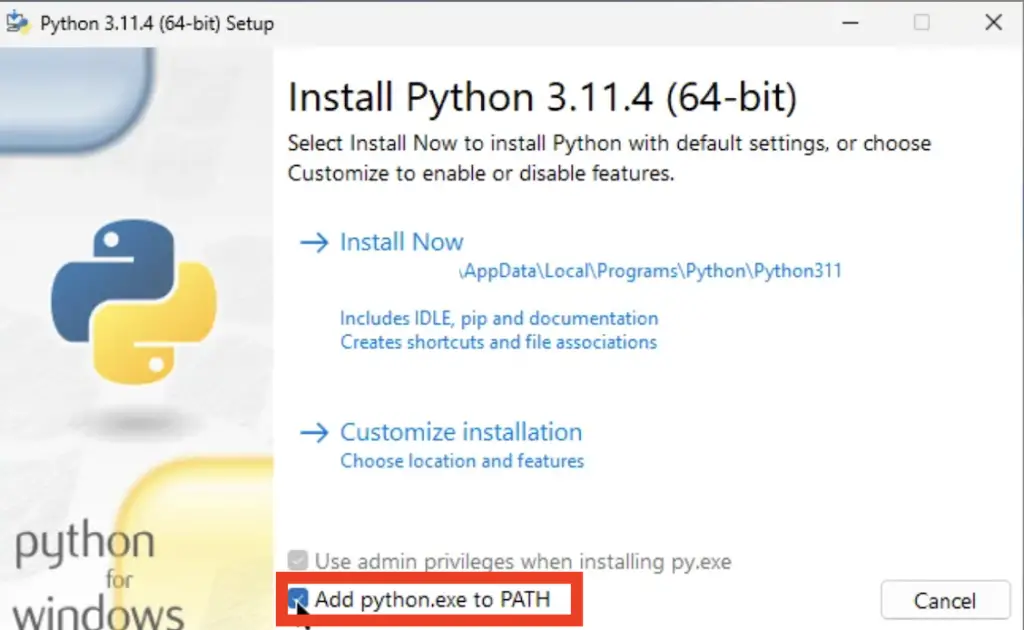In this tutorial, I will demonstrate how to install Python on Windows 10.
Make sure that you follow each step without skipping ahead.
Installing Python can be simple when done right, but tricky when done wrong
Just make sure don’t skip ahead follow step-by-step.
Check this If you are looking to install Python on MacOS instead.
You can also run Python on Google Colab and that doesn’t require any installation.
Check if Python is Installed
Open Command Prompt.

In the command prompt, type in:
$ python --version
$ python3 --version

As we can see here, Python was not found, so we need to go ahead and install it.
What is the Best Way to install Python on Windows
Python can be installed from the Python Software Foundation website at python.org or via a third party Python distribution such as Miniconda or Anaconda.
Anaconda distributes Python along with other interesting things such as R, RStudio, Jupyter Notebooks and preinstalled packages for Python and R.
However, it also comes with increased complexity. While I have started with Anaconda, I ended up preferring using Python with pip and I moved away from Anaconda.
Download Python
The best place to install Python is from the official website.
Go to Python.org and click on the Download button to download the latest version for MacOS.

Install Python
Go to your download folder and double-click on the file to start the Python installer.
Go through each of the prompts.
Add to PATH (Extremely Important)
Make sure to check “Add Python 3.X to PATH”.

What it does is that it allows the Python executable to be found when typing “python” in the command line.
Keep the default install location.
Close and move installer to Trash.
Check if Python Was Installed Properly
Open the Terminal and type:
$ python3 --version
Alternatively, you can go to the Applications folder and see if Python 3.X is installed.
Check if Pip is Installed
Pip is used to install Python packages.
Thus, it is important that it is installed.
To see if it was installed, open command prompt and type:
$ pip3 --version
If pip is not installed, you can run:
$ python3 get-pip.py
Check Where Python was Installed
If you want to know where Python was installed, open the command prompt and type:
$ which python
Run Python
In the command prompt, type in “python”.
This will open the Python interactive window allowing you to type Python code.
Conclusion
This is the end of the tutorial on how to install Python on Windows 10. Please make sure to read my series on tutorials on Python SEO to dive deeper.

SEO Strategist at Tripadvisor, ex- Seek (Melbourne, Australia). Specialized in technical SEO. Writer in Python, Information Retrieval, SEO and machine learning. Guest author at SearchEngineJournal, SearchEngineLand and OnCrawl.